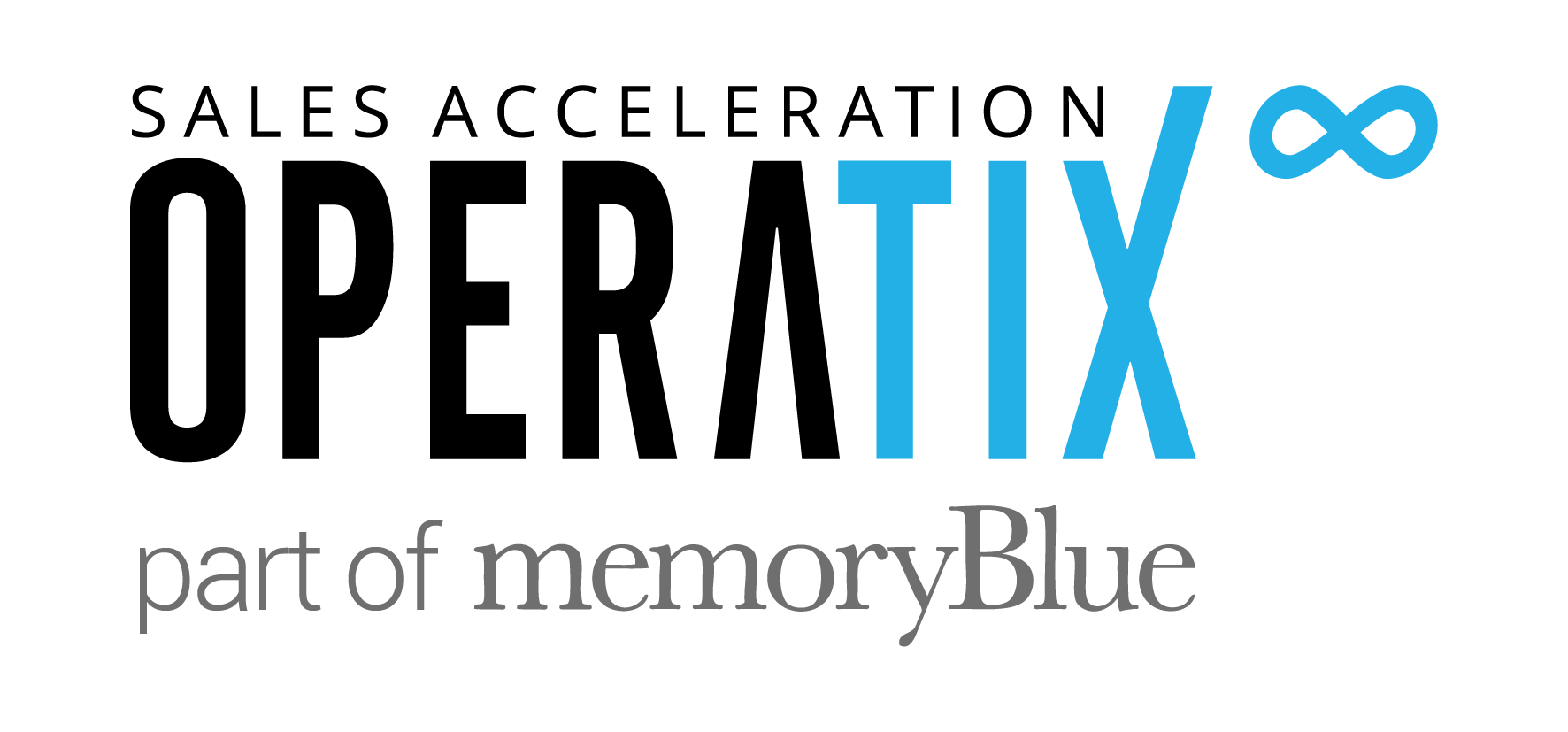Closing a deal isn’t as easy as it should be.
Research suggests that 60% of all deals in the contract stage end up in the “Valley of Death,” which means the dark where nothing happens.
The challenge, then, really has nothing to do with your competitors. Instead, it’s all about how you handle your own end of the sales process. How do you push deals all the way through to the very end?
We recently interviewed Samir Smajic, CEO and Founder at GetAccept, about a couple of ways to close out sales and avoid the Valley where deals don’t make it.
Here’s what he had to say.
1) Make the Value Clear
There are at least two ways to communicate any bit of information in sales.
One (unfortunately deployed by far too many sales reps), is to focus on all of your product’s features. The other is to share the value of your product to your buyer.
Sales reps know they need to ask open-ended questions so they can use that information to explain what the value of the feature is. Yet, too few of us are actually listening in and using those answers throughout the sales process.
“You should always make sure not only to explain the features you have but the value that comes with it” Samir told us.
Here’s an exercise to help you do that:
- Make a list of all of your product’s features.
- Next to each, list out the value of each feature.
- List the pain point each one is solving (e.g. sending too many quotes and not being able to follow up on them).
So instead of saying, “We have an automated follow-up feature” (which probably won’t resonate with potential buyers), explain in clear detail how it connects to their pain point.
2) Just Ask for the Close
“You just need to ask the magical question: ‘What is between us and a signed contract?’”
This is the simplest, but scariest of the two steps.
Often we tiptoe around the actual “accept” so delicately. It seems too pushy to mention it head-on. But if you’ve addressed all of the customer’s needs, all that’s left is to ask the magical question:
What is between us and a signed contract?
Another strategy is to skip the close altogether and go straight to planning. For example, if you’re a consultancy, you might make clear that your consultants are getting booked up, so if the client wants to get started they need to get the contract signed. You bring a level of urgency to the closing.
However, be aware of how you come across. Don’t be the ad that says, “There’s only one spot left, and it can be yours if you act now!” If you want to use the technique we’re talking about here, you need to truly have something compelling that urges a faster close.
The right time to ask for a close obviously depends on what you’re selling. If you’re selling a nuclear reactor, you can’t ask for a close during the first meeting.
No matter what you’re selling, you need to make sure all the needs of the customer have been met and checked off. When they have, you can ask if there’s anything else you need to address before the customer makes a decision.
Since this is open-ended, you can ask this question fairly early on. It has a dual purpose of helping you determine where the customer is in the sales journey and also potentially moving that journey forward.
Remember that they’re talking to you because they need what you’re selling. They’re not talking to you for fun. So this should embolden you to ask for the close at the appropriate time.
A trick for asking the right person
Too many of us fall into the trap of asking the wrong person for a close. Most of the time, if you ask someone if they are responsible for the decision to buy from you, they’ll say yes. Everyone wants to feel important.
Instead of asking if the purchase is their decision to make, ask, “Have you implemented a solution like this one before?” If they say yes, you can ask how the buying process went last time. They will then describe whether they worked with their Legal team, their CFO, etc.
It’s a great way to discover the stakeholders involved.
Conclusion


You’re not selling when you’re ready to sell; you’re selling when they are ready to buy.
Samir Smajic
Adding value to your customer and getting all your cards out on the table is better for everyone. You’ll move the sale to the end faster, and the customer will feel heard and understood. They’ll know that you’ve been truly open to their needs.
This post is based on an interview with Samir Smajic from GetAccept.
To hear this episode, and many more like it, you can subscribe to The B2B Revenue Acceleration Podcast.
If you don’t use iTunes, you can listen to every episode here.




